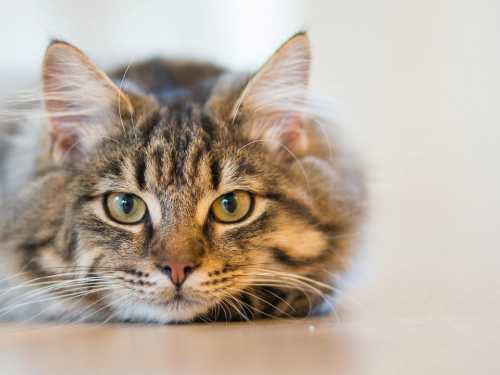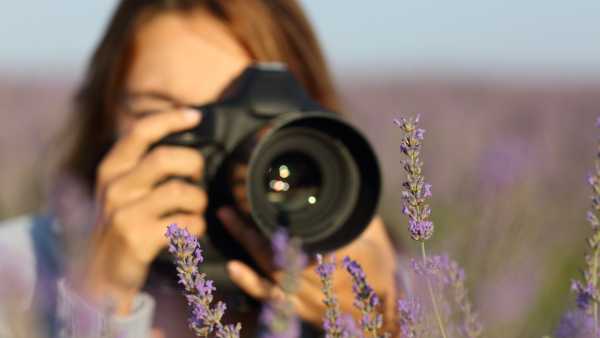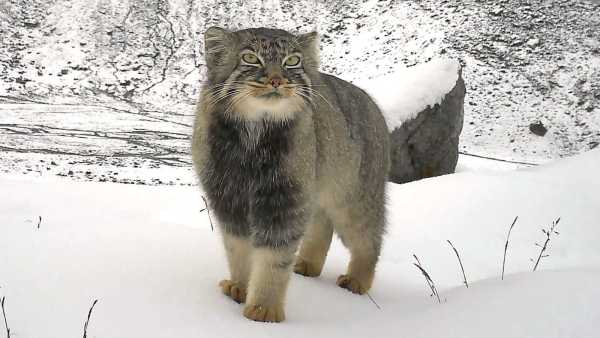
A camera trap has captured the first photographic evidence of the Pallas's cat in Arunachal Pradesh. (Image: © WWF-India)
The elusive Pallas's cat was photographed in the eastern Himalayas of India, where it had never been seen before. A camera trap image of the grumpy, furry feline against a snowy backdrop marks the first photographic evidence of this species' presence in the state of Arunachal Pradesh.
Pallas' cats (Otocolobus manul) are among the least studied wild cats in the world and are rarely photographed. Their appearance in Arunachal Pradesh represents a significant expansion of their known range in the eastern Himalayas. They have previously been sighted in Sikkim (India), Bhutan, and eastern Nepal.
You may like
-
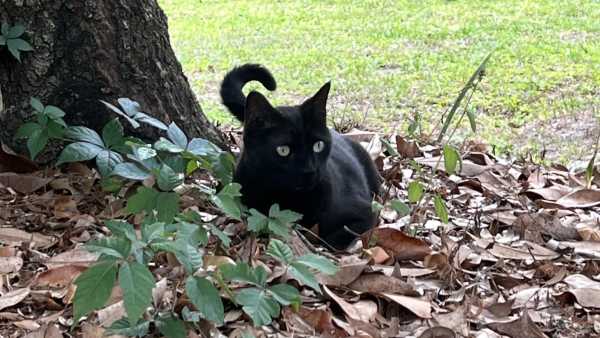
A scientist's cat has once again helped discover a rare virus.
-
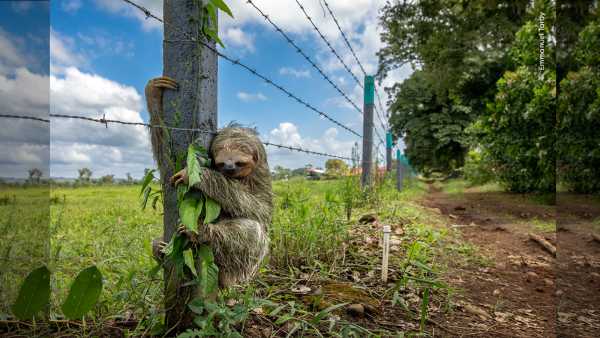
A heartbreaking photo shows a sloth clinging to barbed wire because it looks most like a tree.
-

Binturong: The Bear Cat That Smells Like Hot Buttered Popcorn
Covering more than 770 square miles (2,000 square kilometers) of rugged terrain, the devices remained active for more than eight months—often in sub-zero temperatures and at altitudes above 13,000 feet (4,000 meters)—making it one of the largest ever wildlife surveys in the region.
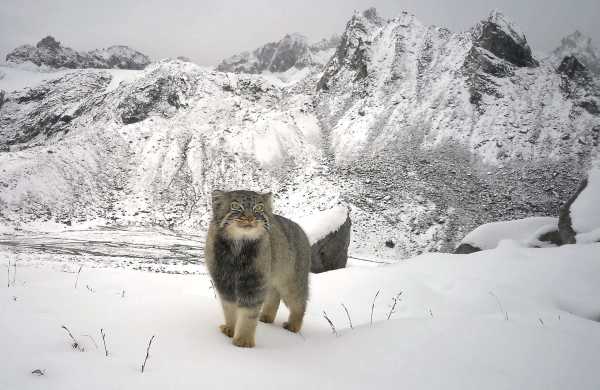
Pallas's cat was photographed at altitude
Pallas's cat has been recorded at an altitude of 16,400 feet (4,992 m).
“The discovery of the Pallas's cat in Arunachal Pradesh at an altitude of nearly 5,000 metres [16,400 feet] is a stark reminder of how little we still know about life in the high Himalayas,” said Rishi Kumar Sharma, head of science and conservation at WWF-India's Himalayan programme.
“That the landscape can support snow leopards, clouded leopards, marbled cats, and now the Pallas's cat, along with vibrant pastoral traditions, speaks to its extraordinary richness and resilience.”
Pallas's cats diverged from leopard cats approximately 5.2 million years ago, making them one of the oldest surviving wild cat species. Compact and densely furred, they easily fit into rocky, shrub-covered slopes.
They are ambush predators, emerging at dusk to hunt rodents, small birds, and lizards. To survive the harsh cold, they stand on their bushy tails, using the fur to protect their paws from the frozen ground.
Image 1 of 2
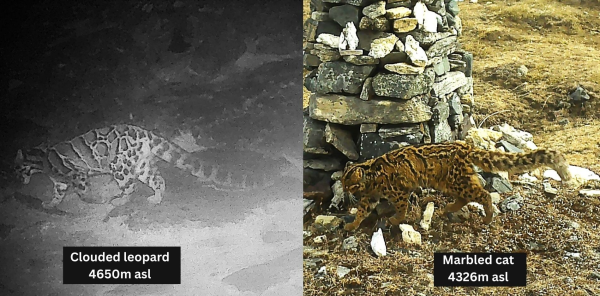
A snow leopard and a common leopard were photographed marking the same area. (Image courtesy of: © WWF-India)
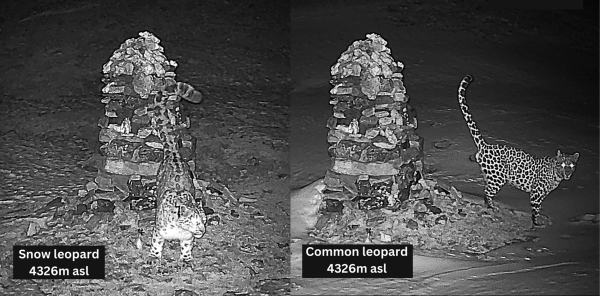
A camera trap captured a snow leopard and a common leopard marking the same spot. (Image: © WWF-India) MEANINGS
—Texas cougar genes are saving Florida cougars from extinction—for now.
— Cats may have been domesticated much later than we thought, with earlier members of the cat family being eaten or made into clothing.
— Research has shown that cats are better at word associations than human children.
The study also recorded five other wild cat species in the region. These included the snow leopard (Panthera uncia), common leopard (Panthera pardus), clouded leopard (Neofelis nebulosa), leopard cat (Prionailurus bengalensis), and marbled cat (Pardofelis marmorata). In a rare observation, one snow leopard and one common leopard were observed marking territory in the same area, providing insight into how these large cats navigate overlapping territories.
“The results of this study are astonishing, and the discovery of so many wild cats at such extreme altitudes opens up exciting new opportunities for ecological research and conservation,” Taku Sai, senior project manager at WWF-India, said in a statement.

Lydia Smith, Social Media Navigator, Science Writer
Lydia Smith is a health and science journalist who has worked for British and American publications. She is studying for a Master's degree in Psychology at the University of Glasgow and holds an MA in English Literature from King's College London.
You must verify your public display name before commenting.
Please log out and log back in. You will then be asked to enter a display name.
Exit Read more
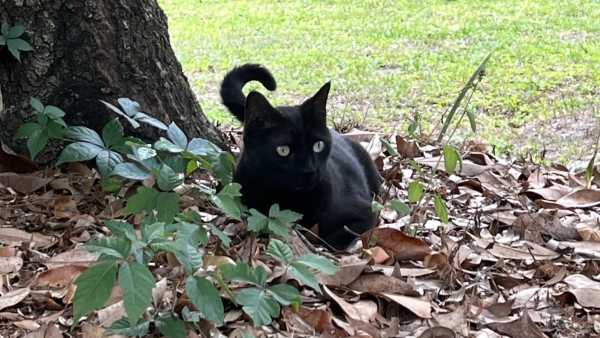
A scientist's cat has once again helped discover a rare virus.
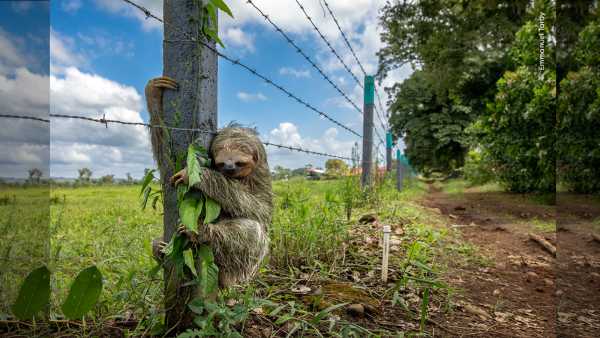
A heartbreaking photo shows a sloth clinging to barbed wire because it looks most like a tree.
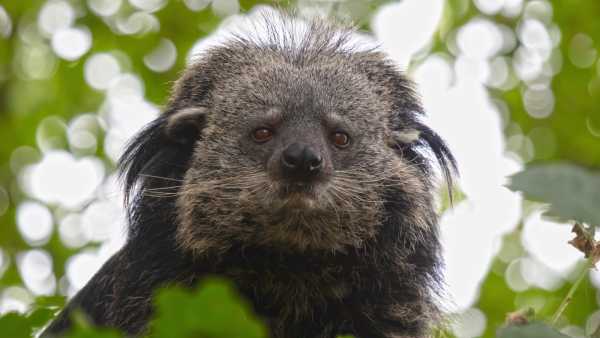
Binturong: The Bear Cat That Smells Like Hot Buttered Popcorn
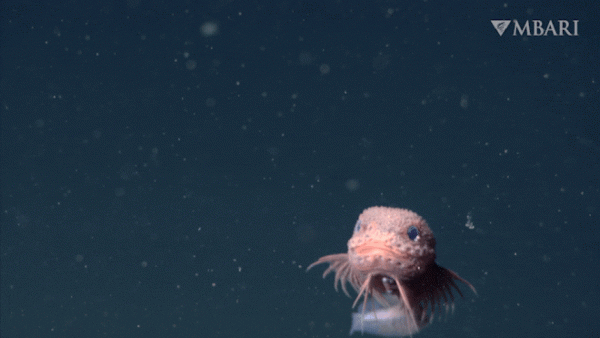
A never-before-seen, adorable pink, knobby snailfish with a funny little beard has been captured in a deep canyon off the coast of California.

A trio of striped glaciers merging on the “highest battlefield on Earth” are part of a larger anomaly that scientists don't fully understand.
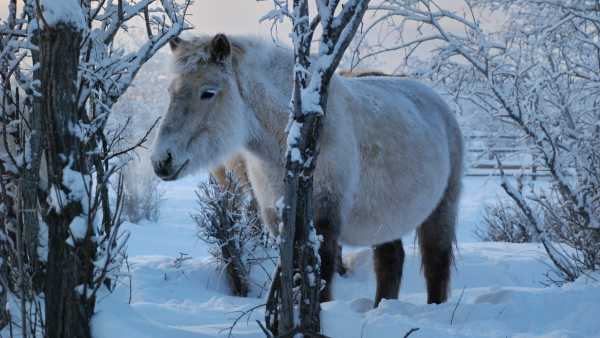
How the mystery of the origin of the small, hairy Yakut horses was revealed in the Siberian “gateway to the underworld”
Latest cat news
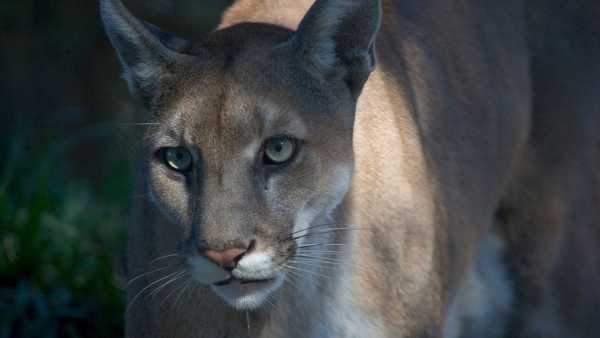
Texas cougar genes are saving Florida cougars from extinction—for now.
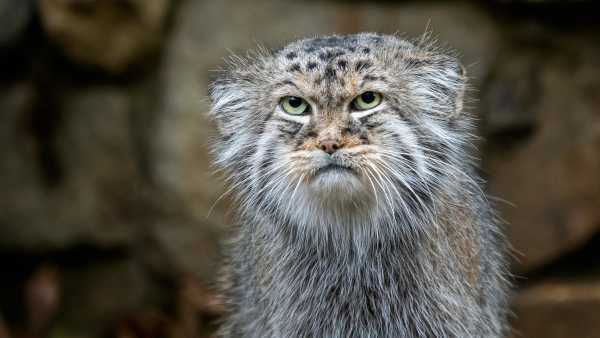
Pallas's cat: one of the oldest representatives of the cat family, which stands on its fluffy tail to warm its paws.
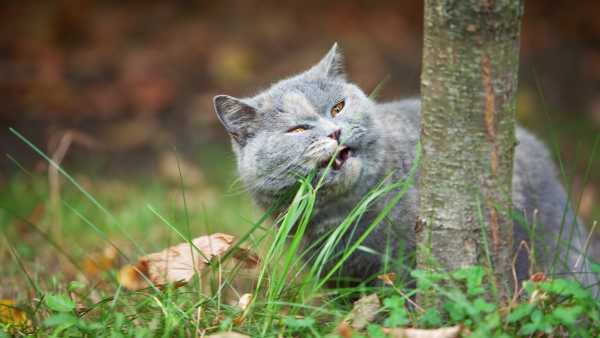
Why do cats and dogs eat grass?
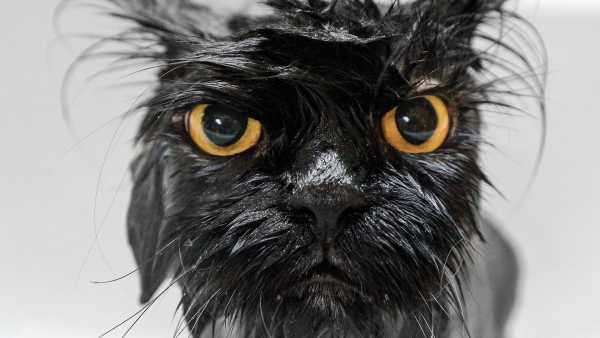
Why do cats hate water?
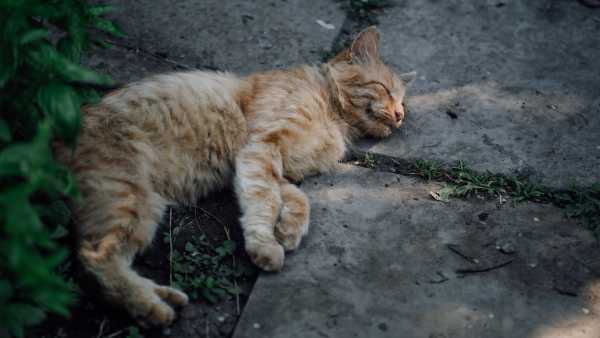
Why do cats love concrete slabs?
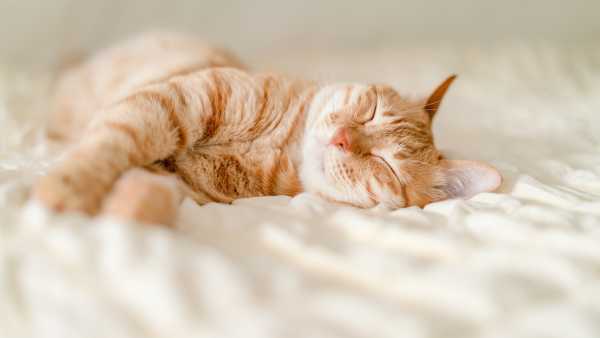
Are cats the only animals that purr?
Latest news
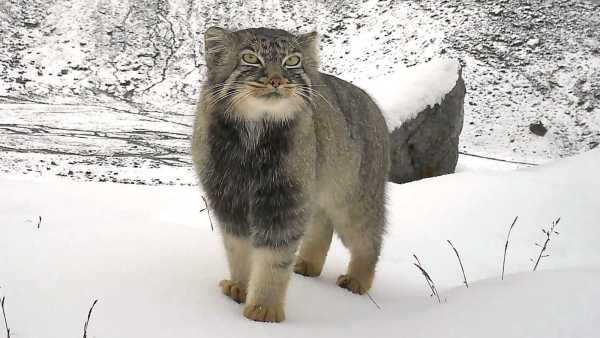
A grumpy Pallas's cat has been captured in a stunning camera trap photo from the Eastern Himalayas.

'This needs to be done quickly': Scientists rush to cryopreserve endangered tree before it disappears

Researchers have discovered that the world's oldest mummies were smoke-dried 10,000 years ago in China and Southeast Asia.

Shocking analysis reveals water once flowed on the asteroid Ryugu
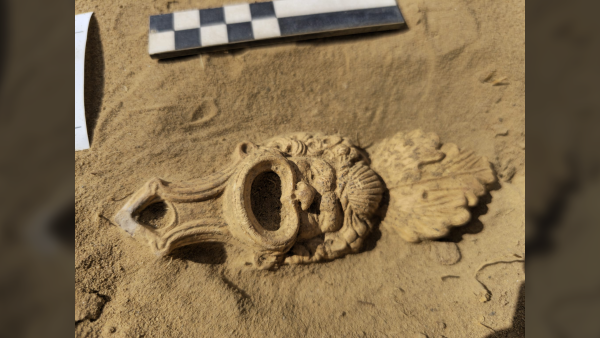
A 1,900-year-old oil lamp that lit the way to the afterlife has been found in a Roman cemetery in the Netherlands.
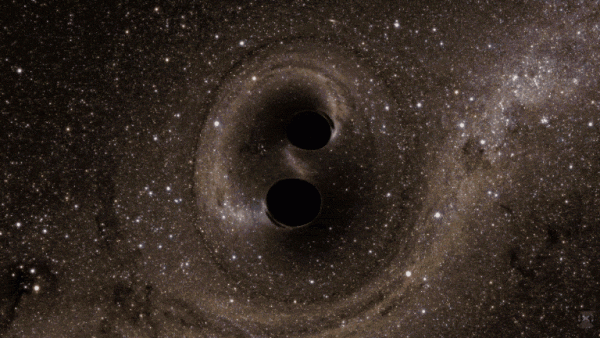
Scientists have measured for the first time the “natal kick” that sent a small black hole into space.
LATEST ARTICLES

Viltrox AF 16mm f/1.8 FE Lens Review
Live Science magazine is part of Future US Inc., an international media group and leading digital publisher. Visit our corporate website.
- About Us
- Contact Future experts
- Terms and Conditions
- Privacy Policy
- Cookie Policy
- Accessibility Statement
- Advertise with us
- Web notifications
- Career
- Editorial Standards
- How to present history to us
© Future US, Inc. Full 7th Floor, 130 West 42nd Street, New York, NY 10036.
var dfp_config = { “site_platform”: “vanilla”, “keywords”: “type-news-daily,serversidehawk,videoarticle,van-enable-adviser-
Sourse: www.livescience.com


